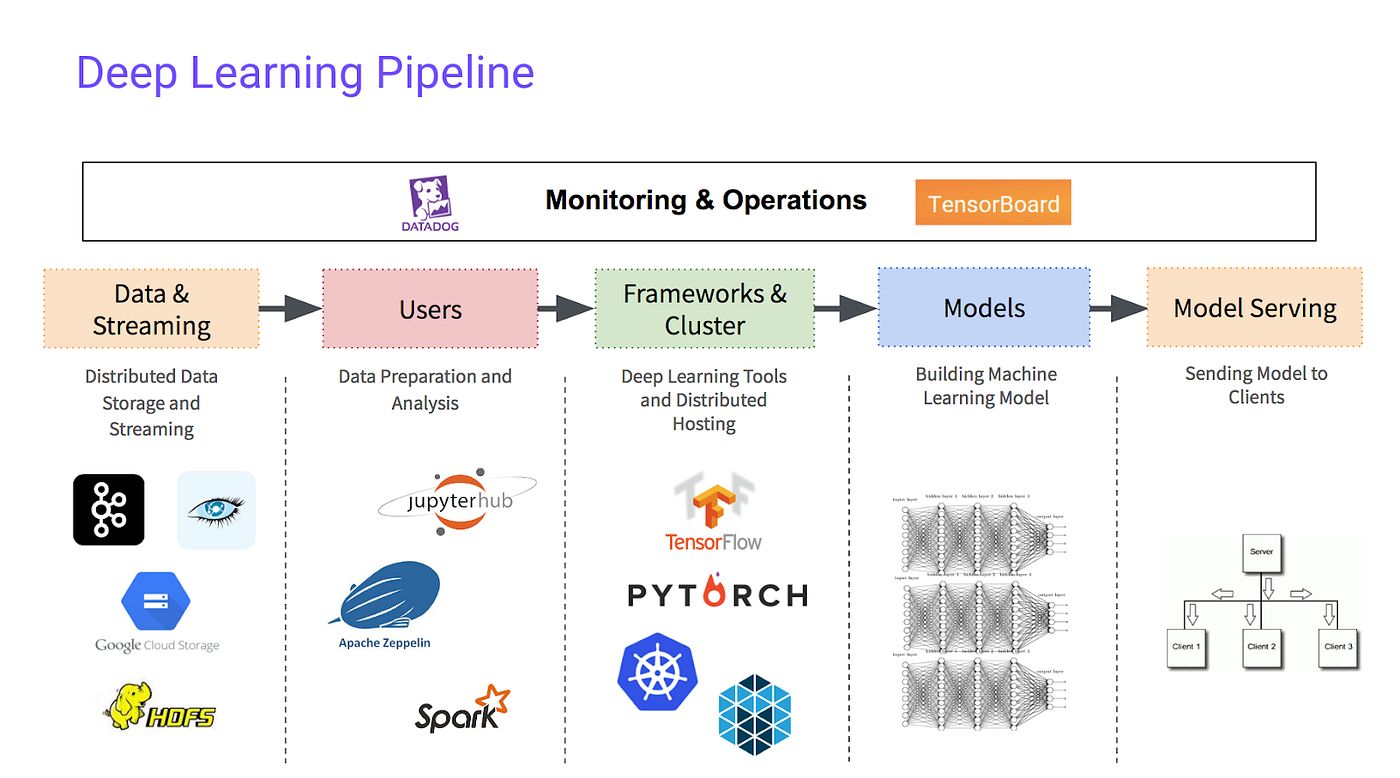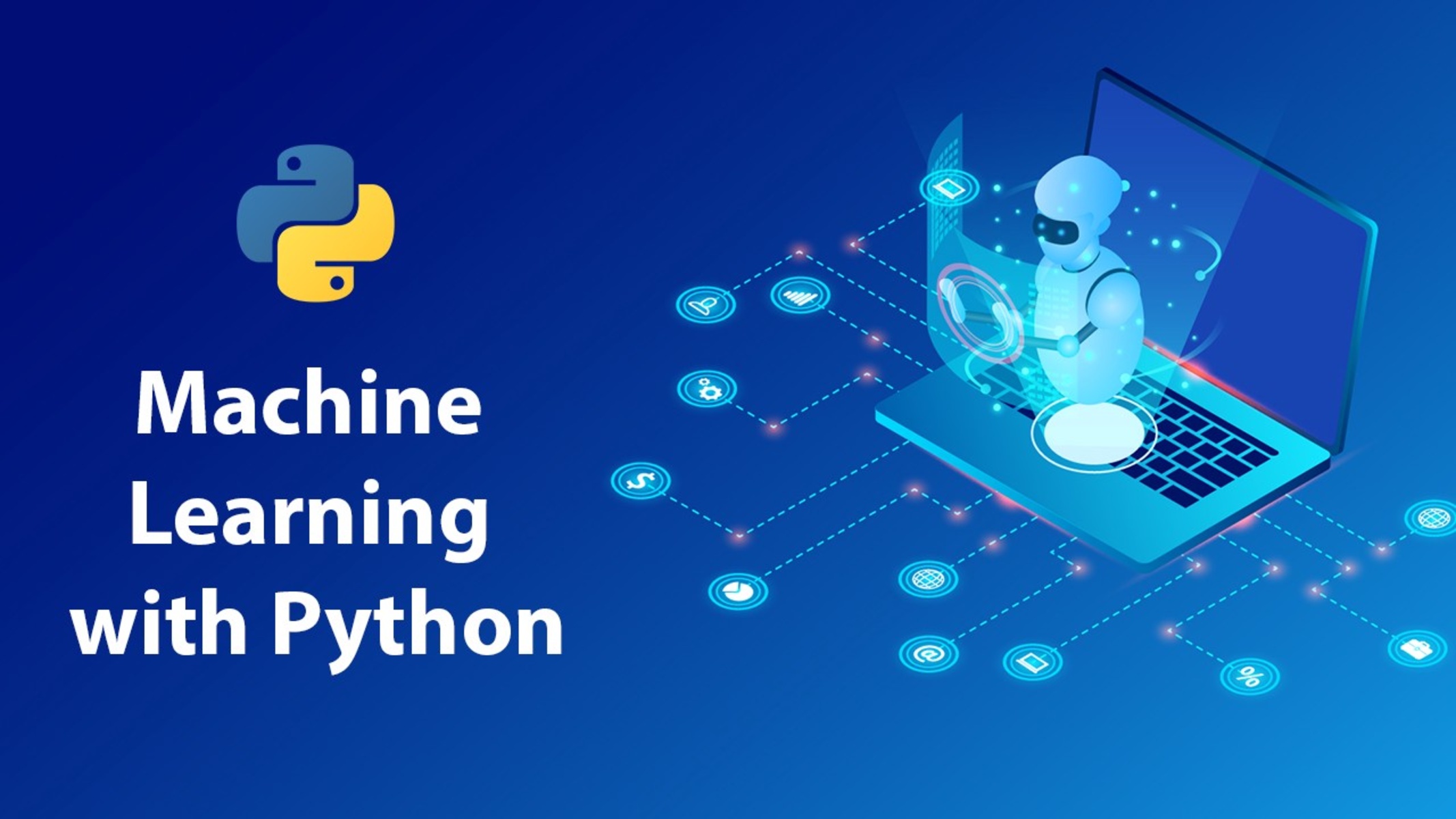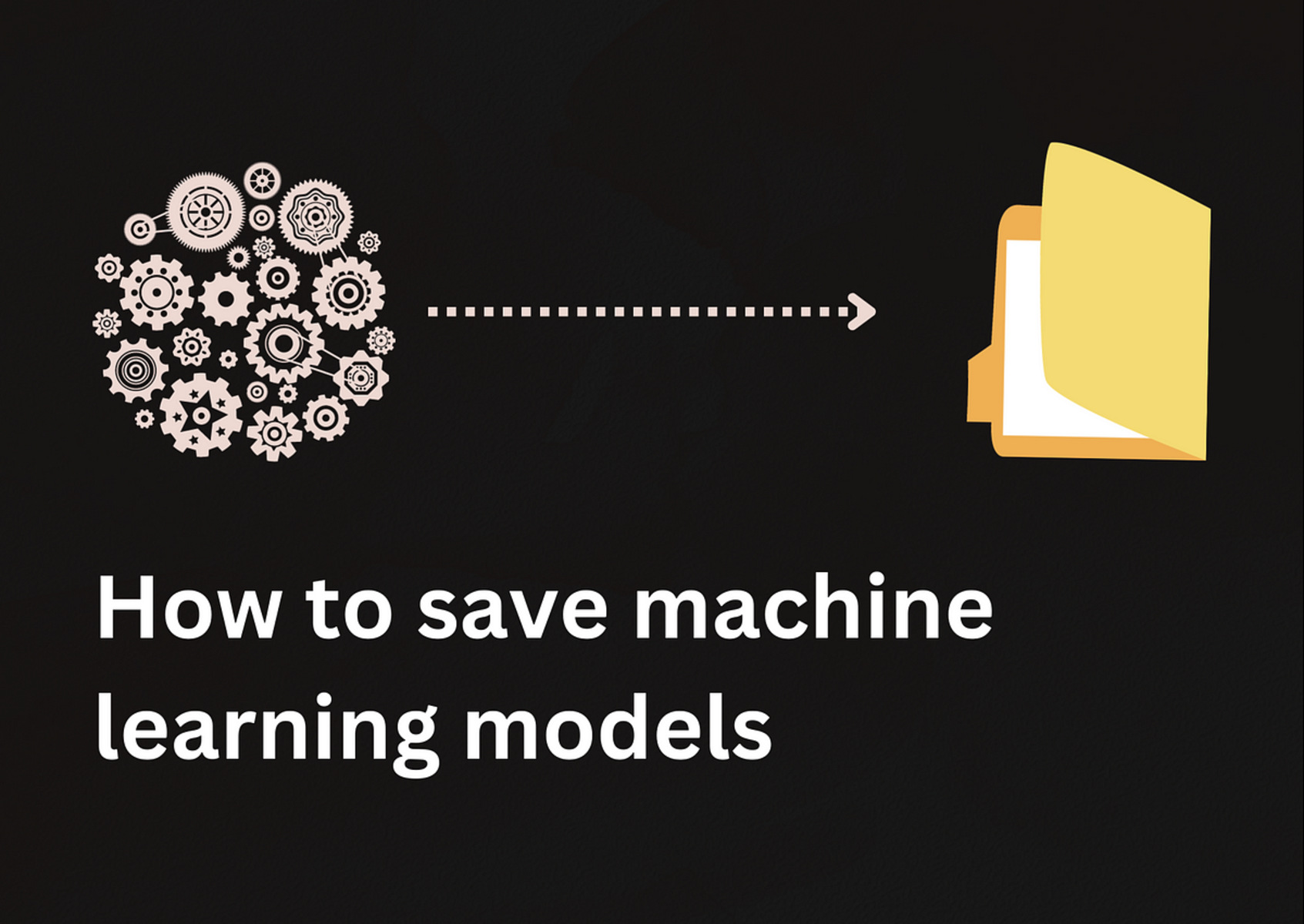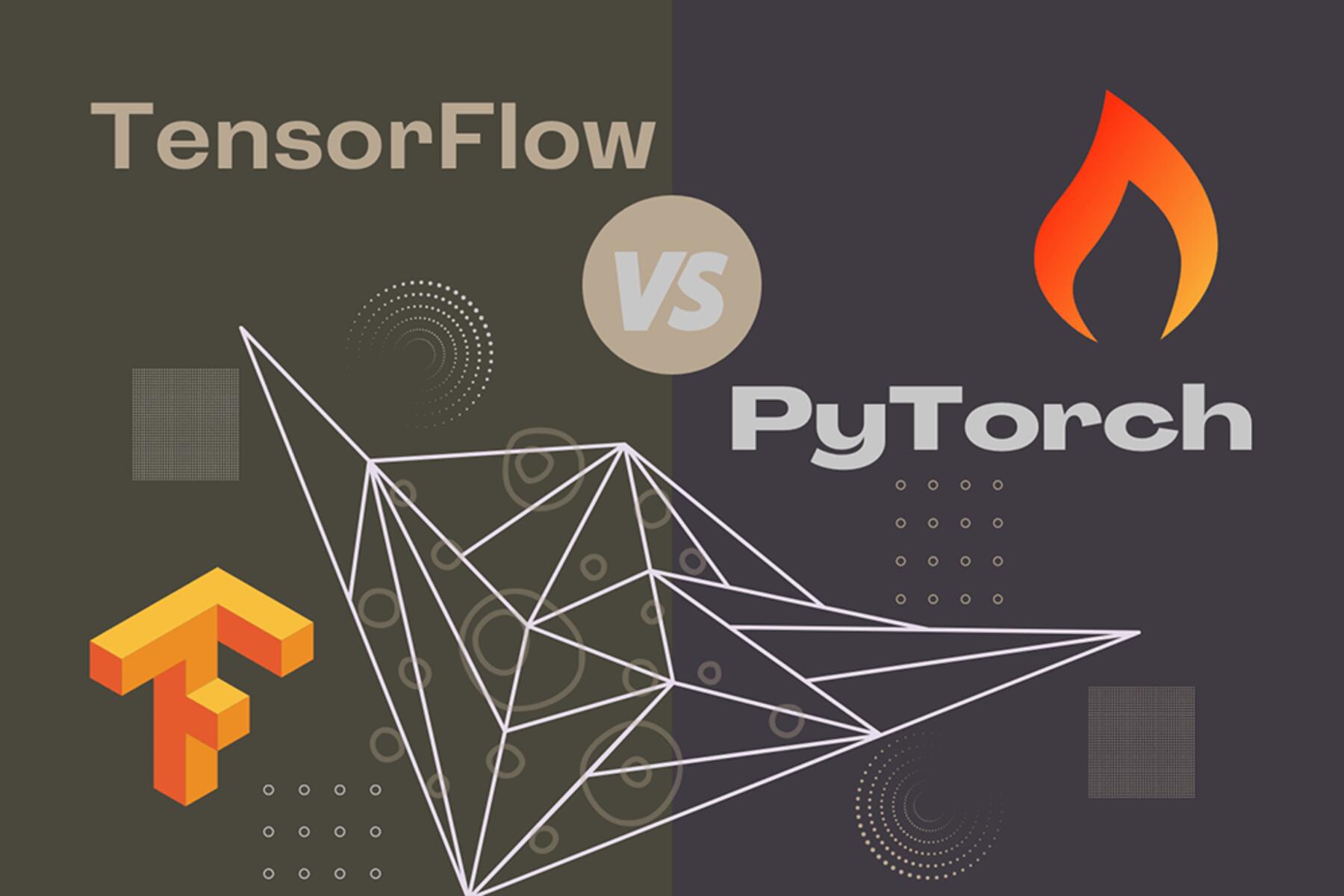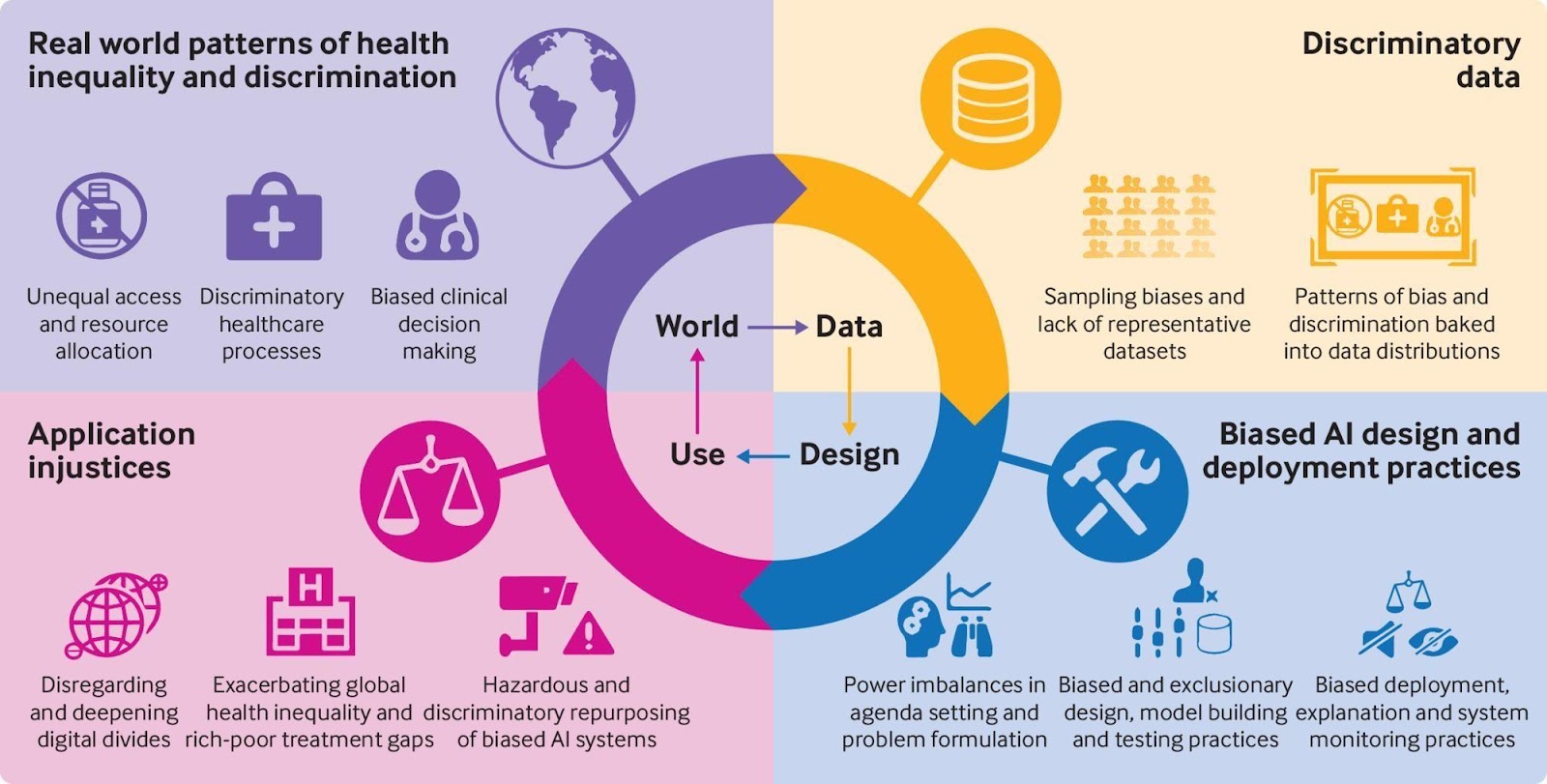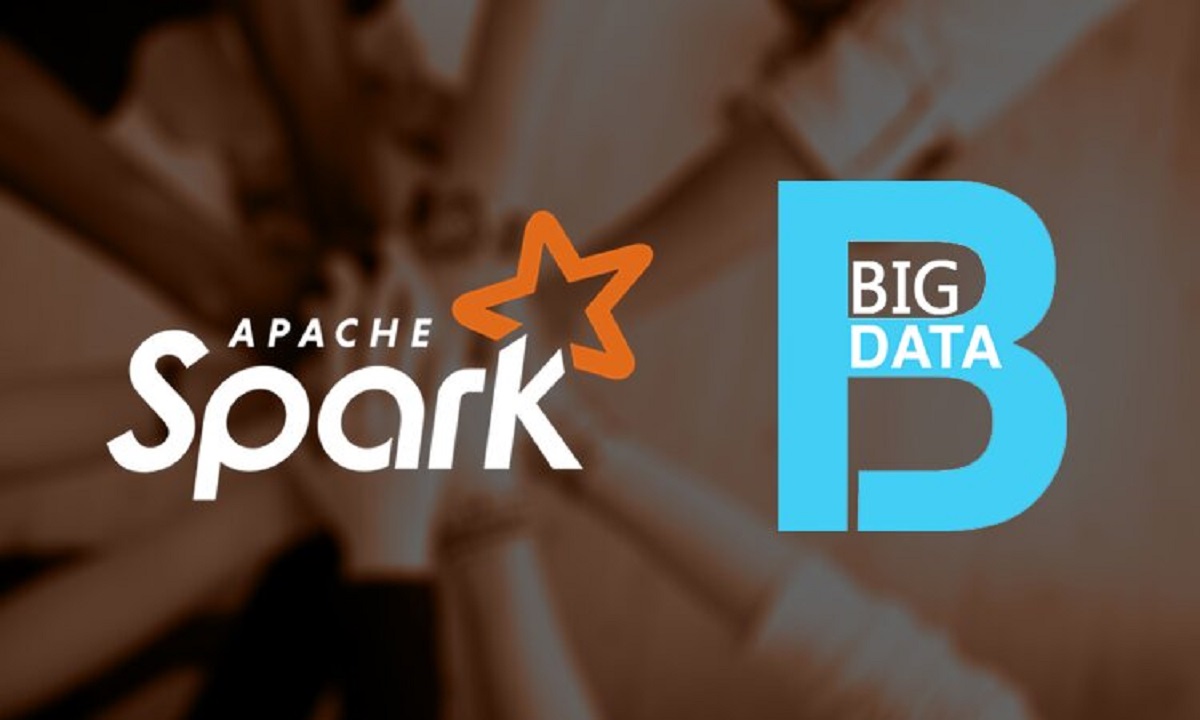Introduction
Machine learning, the branch of artificial intelligence that focuses on designing algorithms that learn from and make predictions or decisions based on data patterns, has revolutionized various industries. From healthcare to finance, retail to transportation, machine learning is powering intelligent systems that can analyze vast amounts of data and provide valuable insights.
A machine learning framework is a set of tools, libraries, and resources that simplifies and accelerates the development of machine learning models. It provides a structured approach to the entire machine learning pipeline, from data preprocessing to model training and evaluation. With the increasing demand for machine learning solutions, numerous frameworks have emerged, each catering to specific needs, preferences, and skill levels of developers and data scientists.
In this article, we will explore the concept of machine learning frameworks and discuss why they are essential for building robust and efficient machine learning models. We will also delve into the different types of machine learning frameworks and highlight some of the most popular ones in the industry. Additionally, we will provide insights on how to choose the right machine learning framework and discuss the benefits and limitations of using these frameworks.
By the end of this article, you will have a comprehensive understanding of machine learning frameworks and be equipped with the knowledge to make informed decisions when it comes to selecting the right framework for your machine learning projects.
Definition of a Machine Learning Framework
A machine learning framework can be defined as a collection of tools, libraries, and resources that provide a structured approach to developing machine learning models. It offers a set of pre-defined algorithms, functions, and modules that simplify the process of building, training, and evaluating machine learning models.
At its core, a machine learning framework provides developers and data scientists with a high-level interface to interact with complex machine learning algorithms and techniques. It abstracts away the lower-level implementation details, allowing users to focus on the higher-level tasks of data preprocessing, model selection, and performance evaluation.
By providing a standardized set of tools and utilities, machine learning frameworks enable developers to prototype, iterate, and deploy machine learning models more efficiently. They eliminate the need to implement algorithms from scratch, saving precious time and resources. Additionally, these frameworks typically offer extensive documentation, code examples, and community support, making it easier for both beginners and experienced practitioners to utilize the power of machine learning in their projects.
Machine learning frameworks come in various forms, ranging from low-level libraries that provide basic building blocks for implementing machine learning algorithms to end-to-end platforms that offer complete solutions for building and deploying machine learning models. These frameworks may support different programming languages, such as Python, R, or Java, and may have specific features tailored to different use cases, such as deep learning, reinforcement learning, or natural language processing.
Overall, a machine learning framework serves as a foundation for developing machine learning models by providing a rich set of tools, algorithms, and resources. It simplifies the machine learning workflow, enables faster prototyping, and promotes collaboration among developers and data scientists. With the help of machine learning frameworks, individuals and organizations can leverage the power of machine learning to solve complex problems and unlock new opportunities in various domains.
Why Do We Need Machine Learning Frameworks
Machine learning frameworks play a crucial role in the development and deployment of machine learning models. Here are some key reasons why we need machine learning frameworks:
Abstraction of Complexity: Machine learning algorithms can be complex, involving intricate mathematical operations and optimization techniques. Machine learning frameworks abstract away this complexity, providing high-level APIs and functions that enable developers to focus on the higher-level aspects of model development, such as data preprocessing, feature engineering, and model evaluation. By abstracting the technical details, frameworks allow developers to concentrate on the core problem at hand and accelerate the machine learning development process.
Efficiency and Productivity: With an extensive collection of pre-implemented algorithms, machine learning frameworks eliminate the need to develop algorithms from scratch. This saves valuable time and effort, enabling developers to prototype and iterate their models more efficiently. Additionally, machine learning frameworks often provide ready-to-use functions for common tasks such as data cleaning, feature extraction, and model evaluation, further boosting productivity.
Community and Support: Machine learning frameworks typically have a large and active community of developers and data scientists. This community contributes to the development and improvement of the frameworks, as well as provides support through forums, documentation, and code repositories. Having access to a supportive community not only helps in troubleshooting issues but also facilitates collaboration and knowledge sharing among practitioners.
Scalability and Performance: Machine learning frameworks are designed to handle large-scale datasets and leverage parallel computing capabilities. They provide optimization techniques and distributed computing frameworks that can scale the training and inference processes across multiple machines or GPUs. This scalability enables the development of models that can handle massive amounts of data and deliver high-performance results in real-time applications.
Flexibility and Customization: Machine learning frameworks offer a wide range of algorithms and techniques, giving developers the flexibility to choose the most suitable approach for their specific problem domain. They also provide options for hyperparameter tuning, model configuration, and customization, allowing developers to fine-tune and optimize their models according to their unique requirements.
Deployment and Integration: Machine learning frameworks often provide mechanisms for model deployment and integration with other systems. They offer APIs, server frameworks, or model export formats that facilitate the seamless deployment of machine learning models in production environments. This enables developers to integrate machine learning models with web applications, mobile apps, or other software systems, thereby unlocking the value of machine learning in real-world scenarios.
In summary, machine learning frameworks are instrumental in simplifying the complexity of machine learning algorithms, improving productivity, enabling collaboration, and facilitating the deployment of models in real-world applications. They empower developers and data scientists to leverage the power of machine learning and drive innovation in diverse industries.
Common Types of Machine Learning Frameworks
Machine learning frameworks come in various types, each catering to different needs, preferences, and use cases. Here are some common types of machine learning frameworks:
General-Purpose Frameworks: General-purpose machine learning frameworks provide a wide range of tools and algorithms for various machine learning tasks. These frameworks are versatile and can be applied to different domains and problem types. They offer comprehensive libraries for data preprocessing, feature extraction, model training, and evaluation. Examples of general-purpose frameworks include scikit-learn, TensorFlow, and PyTorch.
Deep Learning Frameworks: Deep learning frameworks focus on neural networks and are specifically designed for tasks that require modeling complex patterns and structures in data. These frameworks provide specialized tools for building and training deep neural networks, supporting various architecture types such as convolutional neural networks (CNNs) and recurrent neural networks (RNNs). Popular deep learning frameworks include TensorFlow, PyTorch, and Keras.
Reinforcement Learning Frameworks: Reinforcement learning frameworks are specialized tools for developing and training models in environments where an agent learns by interacting with its surroundings and receiving feedback in the form of rewards or penalties. These frameworks provide algorithms, simulation environments, and evaluation metrics tailored for reinforcement learning tasks. Examples of reinforcement learning frameworks include OpenAI Gym and Stable Baselines.
Natural Language Processing (NLP) Frameworks: NLP frameworks cater specifically to tasks related to understanding and processing human language. These frameworks offer tools and models for tasks such as text classification, sentiment analysis, named entity recognition, and machine translation. Popular NLP frameworks include Natural Language Toolkit (NLTK), spaCy, and Stanford NLP.
Big Data Frameworks: Big data frameworks are designed to handle large-scale datasets and leverage distributed computing technologies for efficient processing. These frameworks provide scalable and parallel computing capabilities, enabling the training and evaluation of machine learning models on massive datasets. Examples of big data frameworks include Apache Spark MLlib and Hadoop.
AutoML Frameworks: AutoML (Automated Machine Learning) frameworks aim to automate various steps of the machine learning workflow, including data preprocessing, feature engineering, model selection, and hyperparameter tuning. These frameworks utilize optimization algorithms and heuristic strategies to automatically search, select, and fine-tune the best machine learning pipeline. AutoML frameworks include Auto-sklearn, H2O.ai, and Google Cloud AutoML.
It is important to keep in mind that these categories are not mutually exclusive, and some frameworks may fall into multiple categories. Additionally, new frameworks with specialized focuses are continually emerging, driven by advancements in research and demand for solving specific machine learning challenges.
When choosing a machine learning framework, it’s essential to consider the specific requirements of your project, the level of expertise and familiarity with the framework, and the support and resources available in the community.
Popular Machine Learning Frameworks
The field of machine learning is ever-evolving, and there are several popular frameworks that have gained widespread adoption and recognition for their capabilities and ease of use. Here are some of the most popular machine learning frameworks:
scikit-learn: scikit-learn is a widely-used Python library that provides a comprehensive set of tools for machine learning. It offers a user-friendly interface, extensive documentation, and a rich collection of algorithms for classification, regression, clustering, and dimensionality reduction. scikit-learn is known for its simplicity, versatility, and seamless integration with other scientific computing libraries in Python ecosystem.
TensorFlow: Developed by Google, TensorFlow is an open-source deep learning framework that has gained immense popularity in the machine learning community. It provides a flexible platform for building and training neural networks and offers a wide range of APIs and tools for distributed computing, model serving, and deployment. TensorFlow supports various programming languages, including Python, C++, and Java, making it suitable for different use cases and deployment scenarios.
PyTorch: PyTorch is another widely-used deep learning framework that emphasizes flexibility and ease of use. Developed by Facebook’s artificial intelligence research group, PyTorch offers a dynamic computational graph, allowing developers to build models on-the-fly and debug with ease. It provides a rich ecosystem of libraries, pretrained models, and community support, making it a go-to choice for researchers and practitioners in deep learning.
Keras: Keras is a high-level deep learning framework that runs on top of other popular frameworks, such as TensorFlow or Theano. It offers a simplified and intuitive API for building, training, and evaluating neural networks. Keras’s user-friendly interface and extensive collection of pre-implemented models have made it a popular choice for beginners and rapid prototyping scenarios.
Apache Spark MLlib: Apache Spark MLlib is a scalable machine learning library that integrates with the Apache Spark framework for big data processing. It provides a rich set of distributed machine learning algorithms and utilities, making it suitable for handling large-scale datasets and leveraging parallel computing. Apache Spark MLlib is known for its speed, scalability, and support for various machine learning tasks.
Microsoft Azure Machine Learning: Azure Machine Learning is a cloud-based platform that offers a suite of tools and services for machine learning. It provides an integrated environment to build, train, deploy, and manage machine learning models at scale. With built-in automated machine learning capabilities and seamless integration with other Azure services, it simplifies the end-to-end machine learning workflow and facilitates collaboration among data scientists and developers.
These popular machine learning frameworks have extensive documentation, active communities, and a wealth of resources, making it easier for developers and data scientists to get started and achieve their machine learning goals. However, it’s important to note that the popularity and adoption of frameworks may vary based on factors such as use case, domain, specific requirements, and individual preferences.
Choosing the Right Machine Learning Framework
Choosing the right machine learning framework is crucial for the success of your project. With the plethora of options available, it’s essential to consider several factors to make an informed decision. Here are some key considerations when choosing a machine learning framework:
Project Requirements: Evaluate your specific project requirements and determine the type of machine learning tasks you need to accomplish. Different frameworks excel in different areas, such as general-purpose machine learning, deep learning, reinforcement learning, or natural language processing. Choose a framework that aligns with your project’s needs and provides the necessary tools and algorithms for your desired tasks.
Programming Language: Consider the programming language in which you are comfortable developing and whether the framework supports that language. Python is widely used in the machine learning community and has a rich ecosystem of frameworks and libraries, including scikit-learn, TensorFlow, and PyTorch. However, if you prefer a different language such as R or Java, explore frameworks that cater to those languages.
Learning Curve: Assess your proficiency level and the learning curve associated with the framework. Some frameworks are designed to be beginner-friendly, offering intuitive APIs and extensive documentation. Others might have a steeper learning curve, requiring a deeper understanding of machine learning concepts or programming paradigms. Consider your expertise and the resources available for learning the framework.
Community and Support: A vibrant and supportive community is essential for learning, troubleshooting, and staying up-to-date with the latest advancements in the framework. Look for frameworks with active communities, well-maintained documentation, and active online forums or mailing lists. A strong community ensures better support and fosters collaboration among developers and data scientists.
Scalability and Performance: If your project involves large-scale datasets or requires high-performance computing, consider frameworks that offer distributed computing capabilities or optimizations for parallel processing. Such frameworks are designed to handle big data and can leverage hardware acceleration (e.g., GPUs) to deliver faster training and inference times.
Integration and Deployment: Determine how the framework integrates with your existing infrastructure and how easily you can deploy trained models into production. Look for frameworks that provide deployment options such as APIs, server frameworks, or model export formats that can be seamlessly integrated with your web applications, mobile apps, or other systems.
Ecosystem and Tooling: Evaluate the availability and quality of additional tools, libraries, and utilities that complement the framework. A rich ecosystem can provide pre-trained models, data preprocessing pipelines, visualization libraries, or model explainability tools. These additional resources can enhance your productivity, speed up development, and add value to your machine learning projects.
Remember that there is no one-size-fits-all solution when it comes to choosing a machine learning framework. The decision depends on a combination of factors specific to your project and your own preferences and expertise. It is often worth experimenting with multiple frameworks to gain hands-on experience and determine which one best suits your needs.
Benefits and Limitations of Using Machine Learning Frameworks
Using machine learning frameworks offers numerous benefits that contribute to the efficiency and effectiveness of developing and deploying machine learning models. However, it’s important to also be aware of the limitations associated with these frameworks. Here are some key benefits and limitations:
Benefits:
Simplicity and Efficiency: Machine learning frameworks provide a high-level interface, abstracting away complex implementation details. This simplifies the development process, allowing developers to focus on the core tasks of model building and evaluation. By eliminating the need to write algorithms from scratch, frameworks increase efficiency and accelerate the development cycle.
Access to Pre-implemented Algorithms: Machine learning frameworks offer a wide range of pre-implemented algorithms and techniques. This allows developers to leverage well-tested and optimized algorithms for various tasks, such as classification, regression, clustering, and more. Access to these algorithms saves time and effort and ensures the utilization of state-of-the-art techniques.
Community Support: Machine learning frameworks typically come with active communities that provide support, resources, and collaborative opportunities. The community offers forums, online discussions, and documentation to help troubleshoot issues, share knowledge, and stay up-to-date with the latest advancements. Community support fosters growth, learning, and innovation.
Scalability and Performance: Many machine learning frameworks are designed to handle large-scale datasets and leverage distributed computing capabilities. These frameworks can distribute computations across multiple machines or GPUs, enabling the training and inference of models on massive data with improved performance and scalability.
Deployment and Integration: Machine learning frameworks often provide mechanisms for deploying and integrating models into production systems. They offer APIs, server frameworks, or model export formats that facilitate the seamless integration of machine learning models into web applications, mobile apps, or other software systems. This enables the translation of machine learning insights into real-world solutions.
Limitations:
Steep Learning Curve: Some machine learning frameworks have a steep learning curve, especially those that deal with complex algorithms or specialized domains. Mastering these frameworks requires a solid understanding of machine learning concepts and programming skills. Beginners may need to invest time in learning and acquiring expertise with the chosen framework.
Dependency on Framework Updates: Machine learning frameworks evolve rapidly, with updates and new releases introducing changes in APIs, syntax, and functionality. This may lead to potential compatibility issues or the need for code refactoring when transitioning to newer versions. Developers need to stay updated with framework changes and be prepared for potential migration challenges.
Domain-Specific Limitations: While many frameworks are versatile, some may have limitations when it comes to specific domains or tasks. For example, a deep learning framework may excel in image recognition but may not be as suitable for natural language processing tasks. It’s important to carefully evaluate whether a framework aligns with the specific requirements and constraints of your project.
Over-Reliance on Black-box Models: Some machine learning frameworks offer powerful black-box models that provide accurate predictions, but they lack interpretability. Understanding and explaining the inner workings of such models can be challenging. In scenarios where interpretability is critical, it may be necessary to consider alternate frameworks or techniques that offer more transparent models.
Despite these limitations, the benefits of using machine learning frameworks outweigh the challenges, as they offer a significant boost in productivity, access to cutting-edge algorithms, and compatibility with various deployment scenarios. By understanding the limitations and adapting strategies to mitigate them, developers can effectively leverage machine learning frameworks to tackle complex problems and unlock new possibilities.
Conclusion
Machine learning frameworks have become essential tools for developers and data scientists in the pursuit of building intelligent systems and extracting valuable insights from data. These frameworks simplify the machine learning workflow, providing a structured approach to model development, training, evaluation, and deployment. They offer a wide range of algorithms, tools, and resources that accelerate the development process, improve productivity, and enable collaboration among practitioners.
Choosing the right machine learning framework depends on several factors, including project requirements, programming language preferences, learning curve, community support, scalability, and integration capabilities. It is important to carefully evaluate these factors to select a framework that aligns with your project’s needs and maximizes your productivity and success.
Machine learning frameworks come with numerous benefits, such as simplicity, access to pre-implemented algorithms, community support, scalability, and deployment options. These benefits contribute to faster development, improved performance, and the ability to translate machine learning models into real-world applications.
However, it is crucial to be aware of the limitations associated with machine learning frameworks, such as steep learning curves, dependency on framework updates, domain-specific limitations, and the challenge of interpreting black-box models.
To leverage the power of machine learning frameworks effectively, it is necessary to invest time in learning and understanding the chosen framework, keep up with updates and advancements, and carefully evaluate the trade-offs between simplicity, performance, interpretability, and other considerations specific to your project.
By considering these factors and making informed decisions, developers and data scientists can harness the capabilities of machine learning frameworks to tackle complex problems, innovate in various domains, and push the boundaries of what is possible with intelligent systems.







